The Batman creators that defined the Caped Crusader
Looking at the writers, artists, producers, and directors who contributed the most to Batman's lasting legacy through comic books, film, and TV
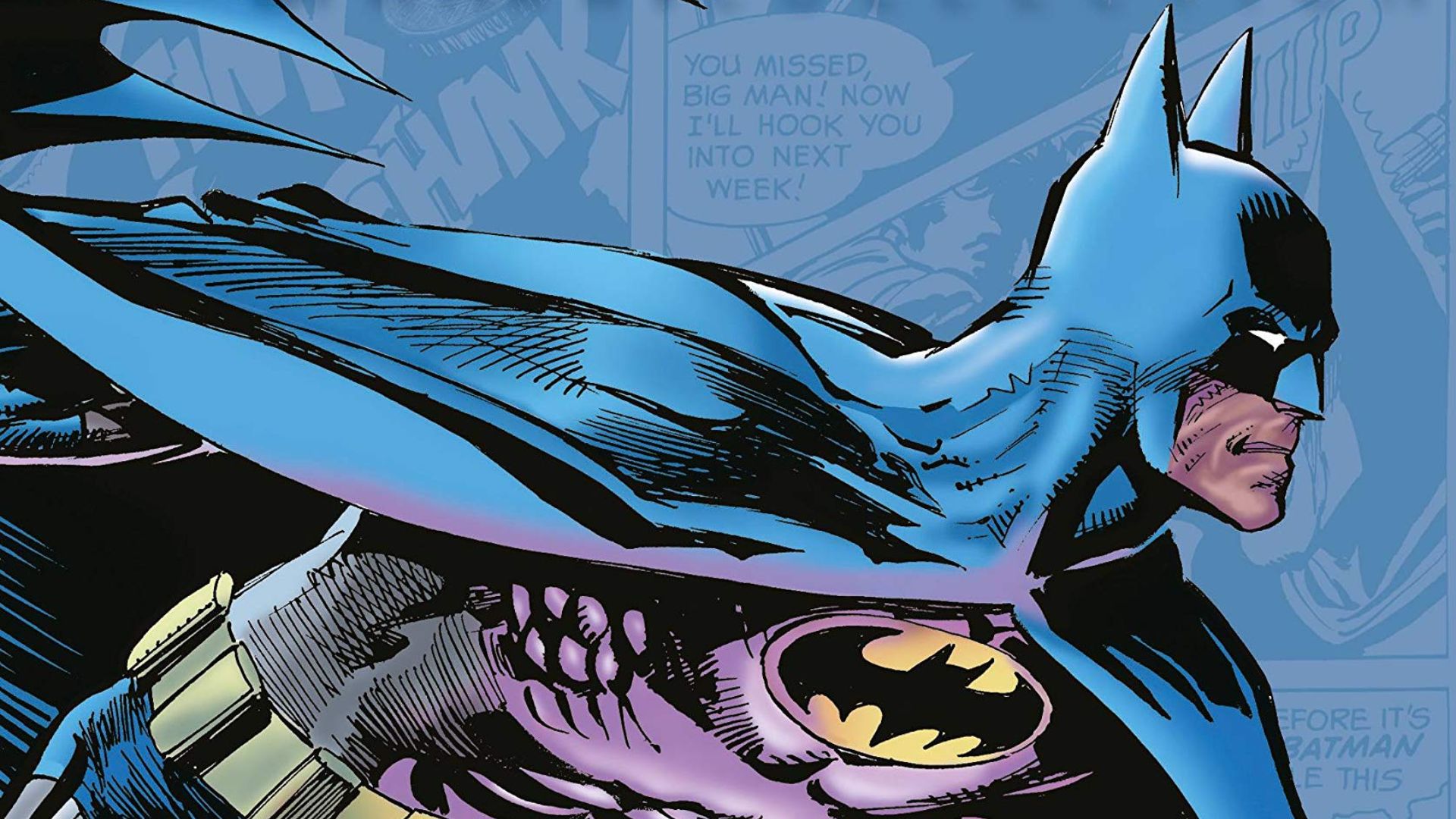
The death of legendary creator Neal Adams means the comic book community has lost one of the defining eyes and voices of its modern era.
Adams' influence touched many publishers and characters, but no character evolved through Adam's pen more than DC's Caped Crusader, Batman.
Adams, along with the legendary writer/editor Denny O'Neil, helped redefine the Dark Knight into the superhero comic book readers and moviegoers recognize today.
Their contributions can't be understated but are part of a larger tapestry of creative evolution that's occurred over Batman's eight decades.
Who along with Adams and 'O'Neil had the greatest impact?
Newsarama considered Batman's full history over comic books, television, and film to identify and narrow down the people whose contributions had the most profound and lasting effects, and was carried on by the creators that came after them.
So join us on a trip down memory lane through 80-plus years of Batman history as we honor the definitive architects of the modern Batman mythos.
Comic deals, prizes and latest news
Get the best comic news, insights, opinions, analysis and more!
Scott Snyder
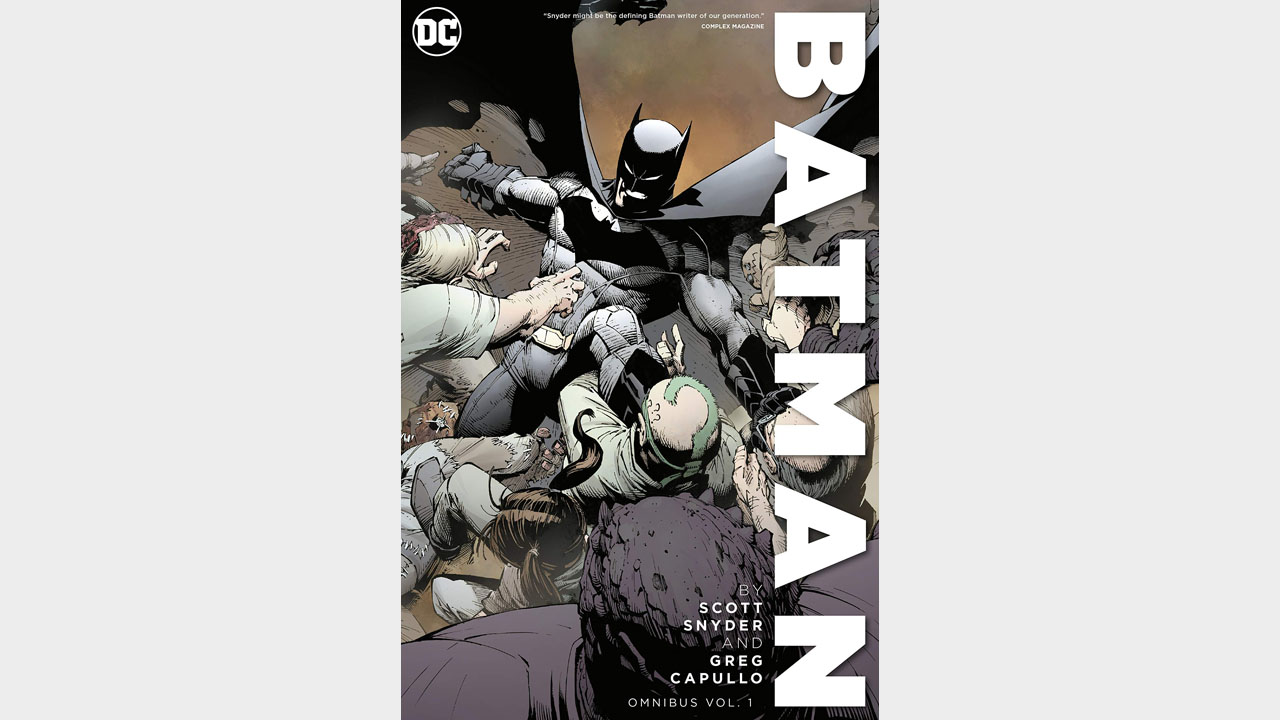
Over the course of his "The New 52" era Batman run beginning in 2011, Scott Snyder redefined Batman's place in Gotham City, pitting him against the Court of Owls – a group of aristocrats pulling the city's strings, and turned the Joker into a homicidal menace on a level he's never been before.
Though Snyder left the main Batman title in 2016, he continued with the character in All-Star Batman, Batman: The Last Knight on Earth, his Justice League run, Dark Nights: Death Metal, as well as it's sequel Dark Nights: Death Metal.
Grant Morrison
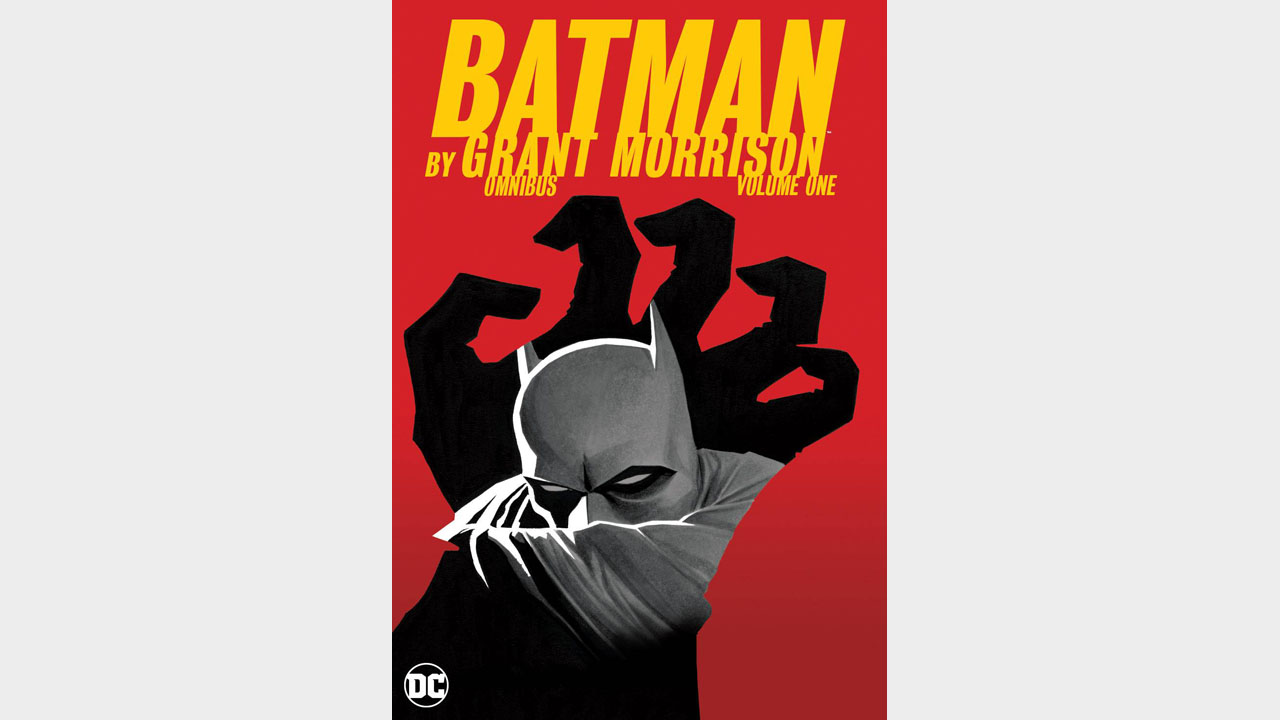
Grant Morrison's trippy Dark Knight may have been alienating to some, with the writer's aim of integrating all versions of Batman from all media into one unified vision taking him to some strange places. But Morrison also put in place elements that helped shape the core of Batman's character in the last decade.
Chief among Morrison's accomplishments were bringing back Damian Wayne — a character that was largely a footnote in Batman lore — as Bruce Wayne's biological son, and the latest Robin. This development truly redefined the relationship between Batman and Robin, which had always been that of a surrogate father and son, and made that connection literal.
Morrison also introduced the concept of Batman, Inc., a global network of crime-fighters inspired by Batman. Morrison also oversaw the 'death' of Bruce Wayne, an event that lead to Dick Grayson’s brief (second) stint in the cape and cowl.
Gardner Fox
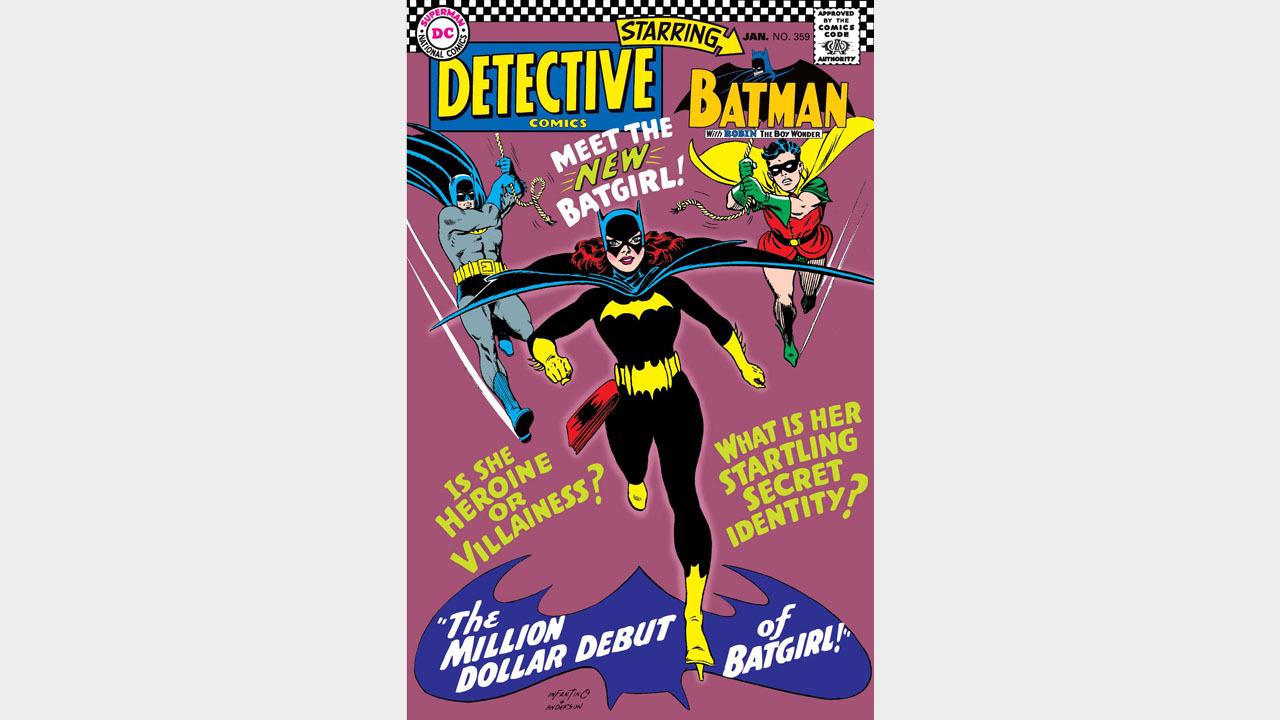
Gardner Fox is one of the most prolific comic book writers of all time, with historians estimating he wrote over 4,000 funny books in his long career. While Fox worked on numerous high-profile characters from the Golden Age through the '80s — creating the Justice League of America, and pioneering the concept of the Multiverse — he also helped define numerous iconic elements of the Batman mythos, starting in his earliest days.
In the late '30s, just after Batman's debut, Fox wrote several stories which introduced the concept of Batman's utility belt, the Batarang, and the Batgyro, which later evolved into the Batcopter. When Fox returned to Batman in the '60s, he revitalized numerous long-lost Batman villains, including The Riddler, and the Scarecrow; and in one of his final Batman stories, introduced Barbara Gordon as Batgirl, one of the most iconic characters in Batman lore.
Chuck Dixon
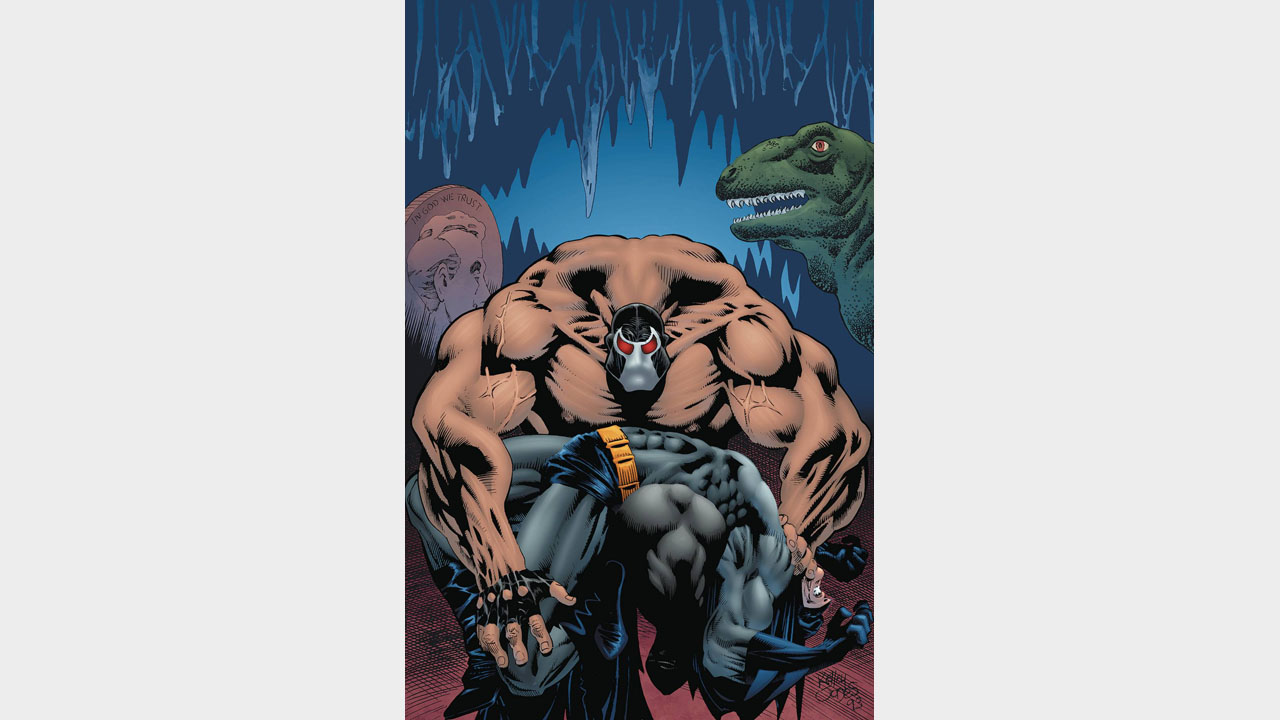
For most of the '90s, Chuck Dixon shepherded the adventures of the Caped Crusader, returning him from a public superhero to the status of a vigilante and "urban legend" on the streets of Gotham. While most of Dixon's creative contributions center more on peripheral characters such as the Birds of Prey and Oracle — characters that grew out of Alan Moore and Brian Bolland's seminal The Killing Joke — the fan-favorite writer was the architect of several of Batman's greatest stories.
Dixon was behind 'Knightfall,' the iconic story in which Bruce Wayne's back is broken by Bane (Dixon's creation himself, both major elements in The Dark Knight Rises film), and replaced by Jean-Paul Valley. Dixon also co-wrote 'Contagion,' in which Gotham City is quarantined from the rest of the DC Universe, and was one of the main authors of 'No Man’s Land,' considered to be one of the definitive Batman stories of the '90s. Both arguably also served as inspiration for The Dark Knight Rises.
Christopher Nolan
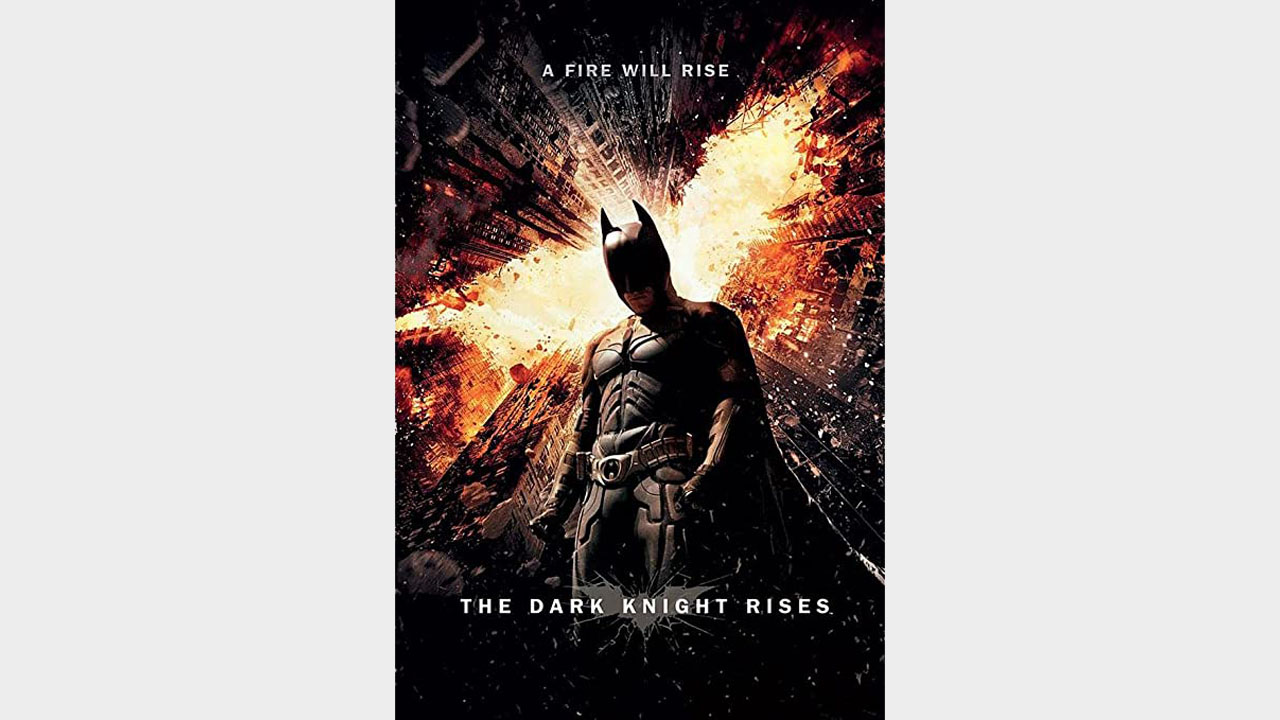
Tim Burton may have brought Batman back into the darkness in the public eye, but Christopher Nolan took realism to another level and is as responsible as anyone for today's superhero movie boom.
By bringing Batman back to his roots on the big screen and telling a part of his origin most casual fans had never seen, Nolan's Batman Begins revitalized the dormant Batman film franchise with unlikely success after the dismal Batman and Robin made it radioactive.
But Nolan's contributions go beyond bringing Batman back to multiplexes and IMAX screens. How many superhero directors can claim an Oscar-winning performance under their guidance? Nolan was the first, with Heath Ledger's performance as The Joker in The Dark Knight being awarded a posthumous Academy Award.
Lorenzo Semple, Jr.
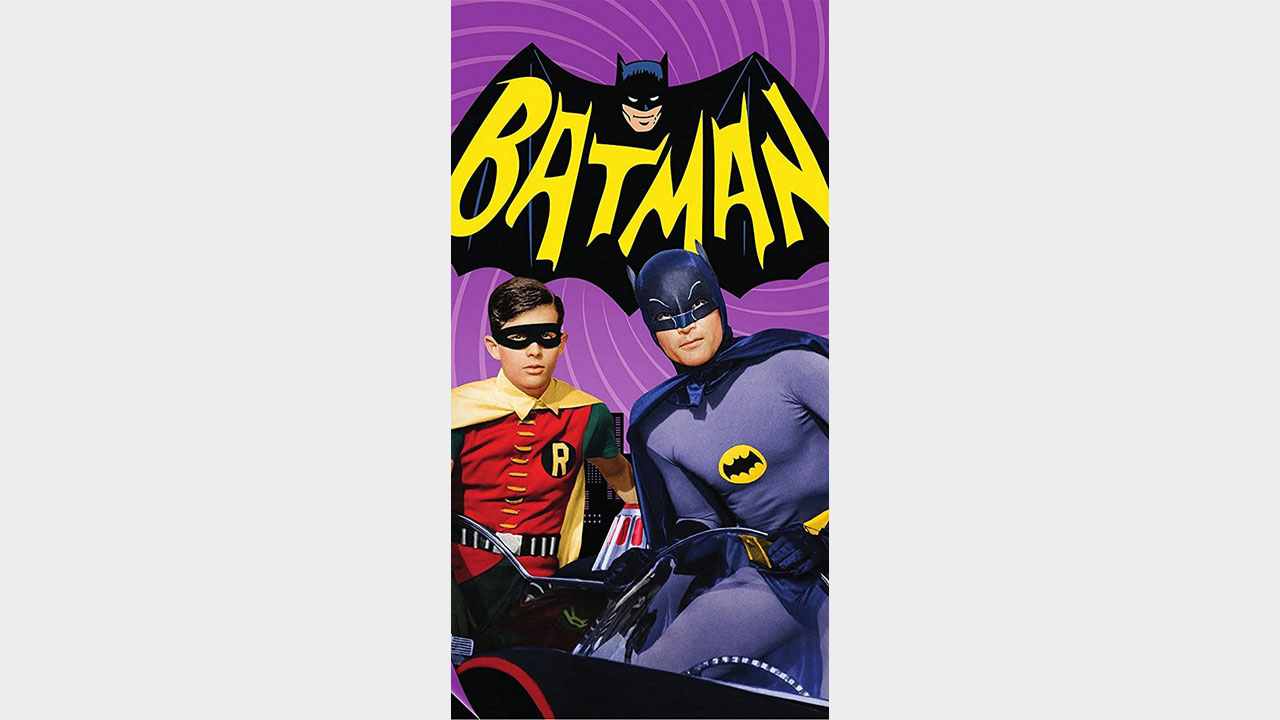
Most readers are probably wondering who Lorenzo Semple, Jr. is right about now.
A television screenwriter and producer in the '50s and '60s, Semple is best known for creating and writing the 1966 Batman TV series at the behest of producer William Dozier, who also served as the show's uncredited narrator.
Though Semple originally envisioned his Batman as a stylish, hip take on the Dark Knight, the show quickly evolved into its well-known campy and colorful style. Semple wrote the pilot, the film adaptation, and the first four episodes of the show, while also serving as executive story editor throughout its run.
Thanks to Semple’s campy Batman, the public impression of the Caped Crusader changed for decades. Though it only ran for two years, Batman changed the way the world saw its hero until the late '80s, when Frank Miller and Tim Burton finally brought him back to his roots — something other comic book creators had been endeavoring toward for years in the interim.
The legacy of ABC's Batman lives on to this day, with DC publishing a comic book title in recent years based on its continuity, and its stars the late Adam West and Burt Ward reuniting with one of the show's Catwoman actresses, Julie Newmar, for a pair of animated movies set in the world of the show just a few years ago.
Paul Dini and Bruce Timm
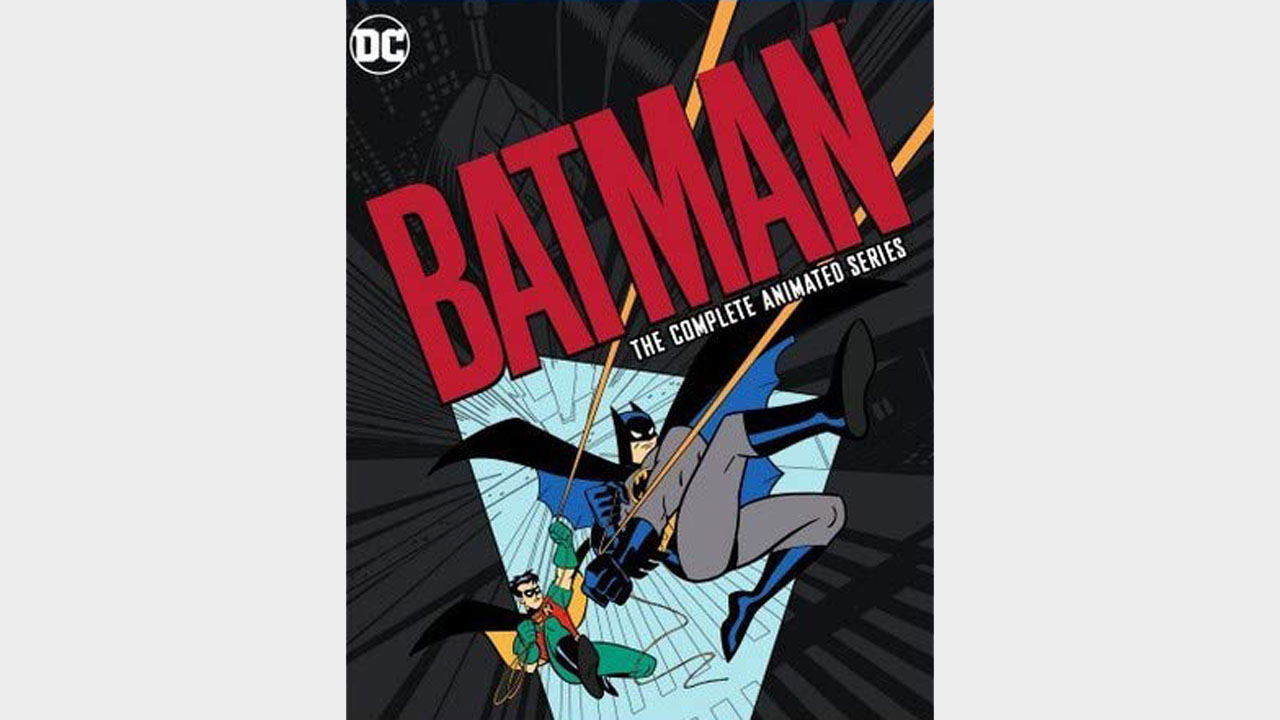
Batman: The Animated Series was, for a generation of fans, the definitive Batman continuity. Entering the door opened by Tim Burton's return to a darker Dark Knight, Batman: The Animated Series balanced the edginess of Burton's Gotham with the colorful roots of its comic book source code.
Batman: The Animated Series was the brainchild of Bruce Timm and Paul Dini, longtime animators who finally struck gold by combining Dini's succinct vision of the Caped Crusader with Timm's immediately recognizable visual style.
Not only did Batman: The Animated Series distill the Dark Knight's mythos into a one-size-fits-all take on the Caped Crusader and his enemies, it introduced wholly original concepts into Batman's world, such as Harley Quinn, a revamped take on Clayface, and a revitalized Mr. Freeze.
But the real importance of Batman: The Animated Series was its presentation of a unified vision of the many disparate takes on the Dark Knight from throughout his history, giving rise to an entire animated DC Universe.
Denny O'Neil and Neal Adams
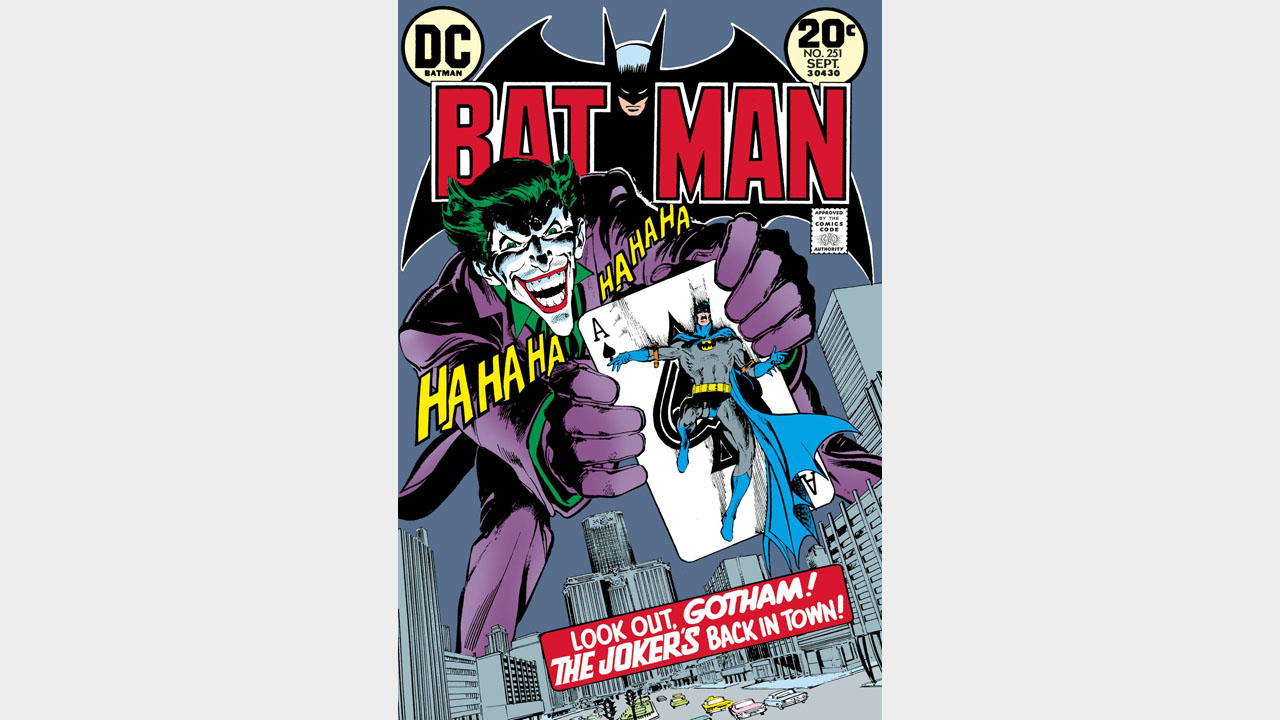
Denny O’Neil and Neal Adams were two of the biggest names of DC in the '70s, creating and redefining multiple properties with stories that still resonate to this day. But some of their greatest work as a team came when they turned their attention to Batman.
Adams and O’Neil's Batman came hot on the heels of the '60s TV show, which cast Batman in a campy, cartoonish light. But Adams and O'Neil's vision took the Dark Knight back to his roots as a grim avenger, sloughing off the kid-friendly stories of the '50s and '60s, and making Batman once again a down to Earth detective and less of a sci-fi super-adventurer.
Adams and O'Neil created numerous elements of Batman's mythology, but perhaps more than any other contribution, Adams and O'Neil are responsible for introducing Ra's al Ghul and the League of Assassins to the world of the Caped Crusader, creating what many people consider Batman's true arch-foe.
Frank Miller
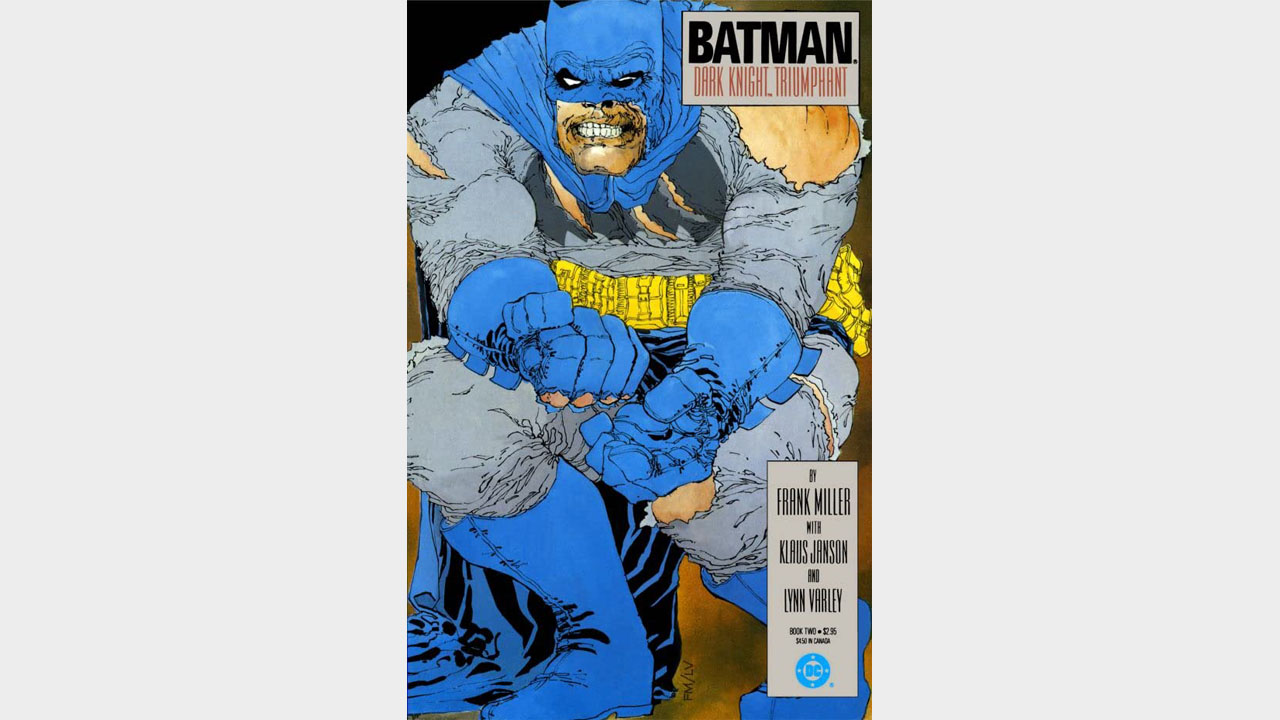
In the late '80s, Frank Miller did the seemingly impossible. He fully wrested Batman from the campy grip he'd been in since the late '60s. Sure, other creators had paved the way for Miller's renaissance, but it was Miller's hard-boiled vision of Batman that put the nail in the cartoonish comic book coffin.
Between Batman's 'Year One' arc and The Dark Knight Returns, Miller redefined Batman as a street-level scrapper and the most determined man alive. Eschewing the more superheroic elements of Batman's character, he created a version of the Dark Knight that ushered in an era of grim'n'gritty comic books from the 'Big Two' publishers.
Miller's Batman thrived in his own bubble, through a sequel to The Dark Knight Returns, and a prequel in the form of All-Star Batman & Robin, the Boy Wonder. Then, Miller's Dark Knight returned again in Dark Knight III: The Master Race and the then The Dark Knight: The Golden Child. A YA novel starring Carrie Kelly, the Darl Knight Returns' Robin drawn by artist Ben Caldwell was announced in 2018 and as of November 2021 Miller told Newsarama "[The Carrie Kelly book] is shaping up great."
Bob Kane and Bill Finger
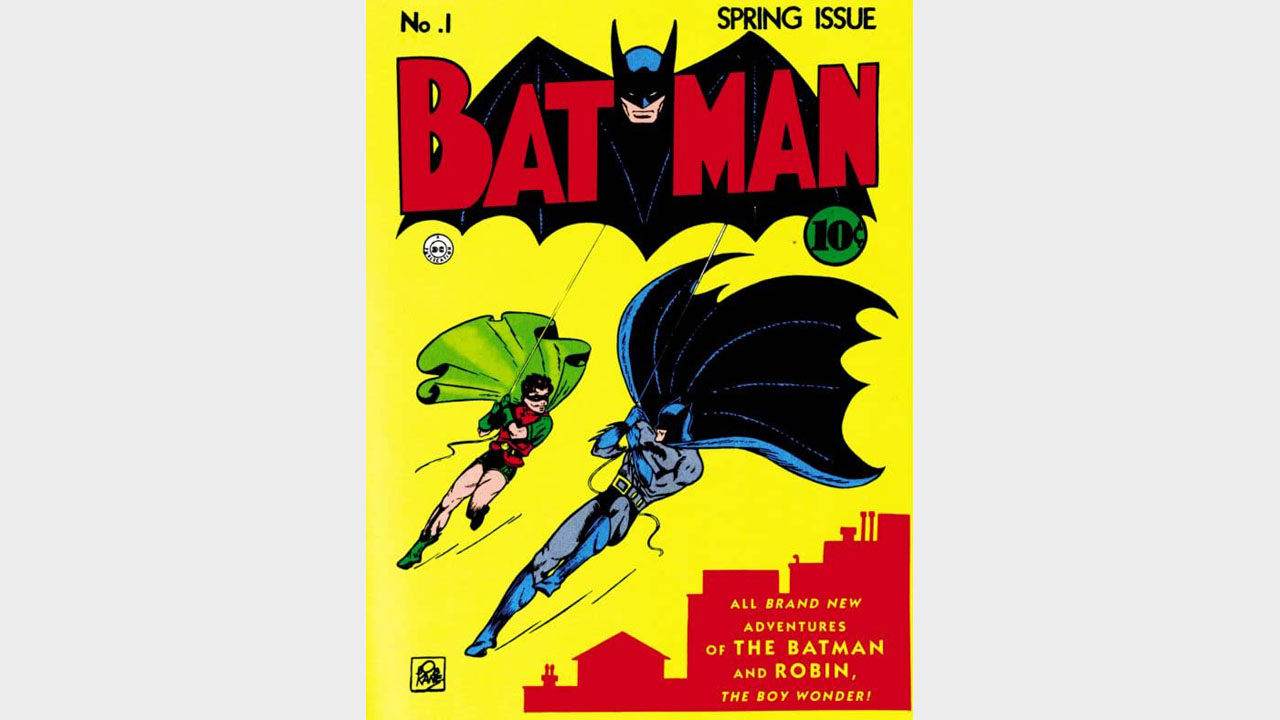
Who else could land at number one on this list but the men who created the very idea of Batman, inventing numerous aspects of his world, creating some of his most iconic enemies, and defining an entire archetype of superhero comic books?
Though Bob Kane took sole credit for the creation of Batman for decades, Bill Finger is considered the co-creator of the Dark Knight, helping Kane develop the Batman concept from his initial illustrations and writing numerous early Batman stories.
Kane's Batman bridged the gap between the pulp mystery men of the early '30s and the rapidly burgeoning superheroes that popped up in the wake of Superman's introduction. He was grim, gritty, and toted guns in his war on crime. Kane's Batman was a sullen figure, ruthless in his crusade against threats both mundane, like Gotham's criminal underworld, and more supernatural, such as the Monk.
While Kane's Batman was closer to superheroes than previous masked men, it was Finger who added color to Batman's world. Finger was instrumental in the creation of characters such as The Joker, Catwoman, The Penguin, The Riddler, Two-Face, Scarecrow, and countless other villains and supporting characters. Finger is also credited with creating Robin, the Boy Wonder, whose presence truly brought Batman out of the shadows and into the world of super-heroics.
It would be easy to separate these two on our list — after all, it is only in recent memory that Finger has begun to receive proper credit as one of Batman's co-creators. But the fact is, Finger and Kane worked closely together in Batman's earliest days, combining the disparate elements of pulp crime fiction, superhero fantasy, and newspaper strip pop art into one of the most iconic and enduring characters of all time.
I've been Newsarama's resident Marvel Comics expert and general comic book historian since 2011. I've also been the on-site reporter at most major comic conventions such as Comic-Con International: San Diego, New York Comic Con, and C2E2. Outside of comic journalism, I am the artist of many weird pictures, and the guitarist of many heavy riffs. (They/Them)



